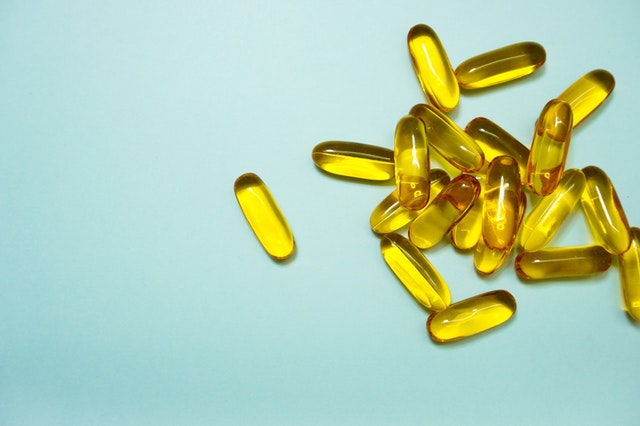As people age, one of the things they tend to find most concerning is the loss of strength and mobility. While some muscular decline is natural and expected, too much muscle loss can lead to significant problems, especially relating to independence.
Thankfully, there are ways to maintain and promote muscle mass. However, it should be stressed that some muscle loss is natural and unavoidable. The key is maintaining a healthy lifestyle, using both diet and exercise to promote mobility and muscle development.
1. Start Resistance Training

Resistance training is among the better fitness routines for older individuals. This style of strength training amounts to less risk of injury, and with varying difficulties, the equipment meets users where they currently are physically.
For a fitness routine to effectively build muscle, you need to commit to it and challenge yourself during it. Older individuals should aim for two to three sessions per week for a minimum of 30 minutes each. You should also consult with your physician before starting any new fitness regimen.
2. Walk

Have you ever been driving down the street and witnessed someone who looks like they are running but at a walking pace? People often undervalue the benefits of simply walking.
Pretending to run or convincing yourself you are running can stress your system because your brain reacts to what it thinks your body is doing. Walking can be just as beneficial as running when done right.
Not only will frequent walks increase your mobility, but they can also speed up recovery time and build and maintain muscle mass. Also, you do not have to take one long walk to experience the benefits; you can break your 30-minute exercise allotment down into ten-minute increments, allowing for multiple breaks throughout the day.
3. Eat Protein

Beyond exercising, you will also need to focus on your diet. Protein is one of the best things you can consume to improve muscle mass.
The body needs amino acids to build muscle, and it converts or breaks down protein-rich foods into these necessary compounds. You can have a diverse diet when focusing on protein. Some popular protein-rich options include:
- Poultry
- Fish
- Lean red meat
- Beans
- Yogurt
4. Increase Omega-3 Fatty Acids

As people age, they tend to have more problems with inflammation. Unfortunately, inflammation can cause muscles to break down.
To reduce the risk of muscle loss because of inflammation, you will want to include anti-inflammatories in your diet. The most potent anti-inflammatories come from omega-3 fatty acids.
You can take omega-3 supplements, but it is best to get them from a food source. While walnuts and flaxseeds contain these essential nutrients, fatty fish like salmon is the best source.
5. Take a Vitamin D Supplement

People under the age of 60 can usually get enough vitamin D from sun exposure. Unfortunately, for people over 60, it takes approximately four times longer to receive the vitamin from the sun.
Since vitamin D is vital to muscle protein synthesis, it is necessary to find another way to ingest the vitamin. The best way to maintain vitamin D levels is with a supplement. However, before you start any supplements, talk to your doctor.
There are many ways to maintain muscle mass and promote strength as you age. However, you must get comfortable with some loss.
What tips or techniques do you have for older people looking to build or maintain muscle and mobility?


A variety of strength training exercises with good amount of repetition Gradualling increasing the weight